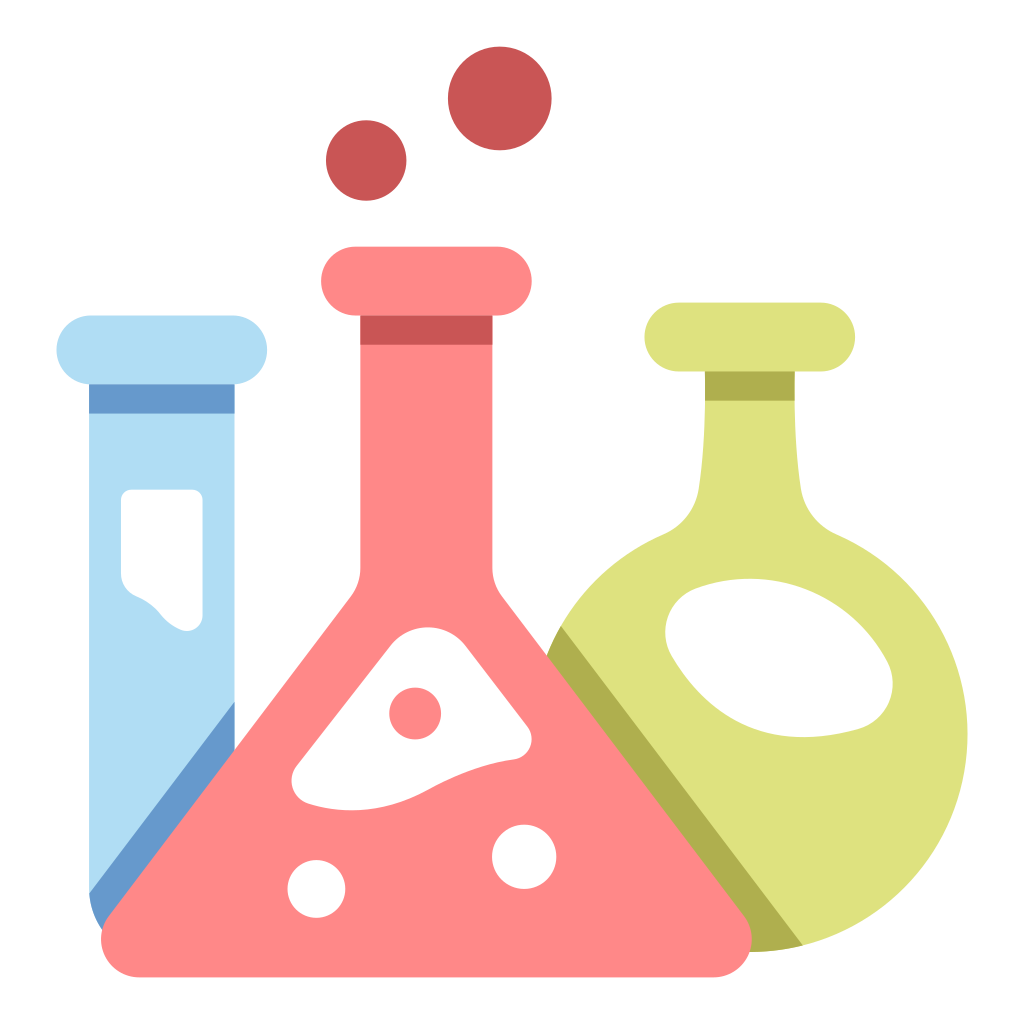Synthetic food additive with sweetening and flavor enhancing role. It is about 200 times sweeter than sugar, comparing equal amounts from the two products. Does not contain calories and is not cariogenic. It is not used in products that will be heat-treated, that are not acidic enough or that need to have a long shelf life. By ingestion, but also as a result of storing food at temperatures aboce 300 Celsius degrees, it decomposes itself in its basic constituents, that is aspartic acid, phenylalanine and methanol. Aspartic acid is a non-essential amino acid (the body produces it in the necessary amounts, without needing outside sources), with neurotransmitting role. Additional ingested aspartic acid enters the bloodstream and then it can get to the brain, where the cerebral blood barrier tries to stop the penetration of toxins and excess neurotransmitters. This natural barrier is underdeveloped in children and in adults it may be partially deteriorated or it may not be able to endure. Excess aspartic acid becomes a so-called excitotoxin, that overstimulates neurons, until exhaustion and destruction. In flavored alcoholic and non-alcoholic beverages (beer without alcohol, cider, brandies, soft drinks based on water, fruits or milk) a 600 mg/l quantity is added. In sauces, mustard, vegetable salads or pasta with or without meat and with various sauces (“Feinkostsalat”), as well as in cans of fruits and vegetables, in cans of fish, crustaceans and molluscs a quantity of 350 mg/kg or 350 mg/l is added. Snacks can contain 500 mg/kg, and quantities between 800 to 2000 mg/kg can be found in desserts based on water, milk, fats, fruits, eggs or cereals, in ice, in foods with no added sugar such as: cocoa, dried fruit or starch confectioneries, in spreads based on cocoa, milk, dried fruits or fats, in mints or flavored pills for breath freshening, in breakfast cereals, in certain fine bakery products, as well as in all dietary products for wight loss or for diabetics. In chewing gum it is added up to 5500 mg/kg. Depending on the amount used in the food, the daily dose can be easily exceeded, especially by children.
e953 Isomalt
Food additive with multiple functions. It is a natural product with anti-caking, thickening, emulsifying, glazing role and is a substance-support for other additives and sweeteners. Due to its high temperature stability, this sweetener is successfully used in heat-treated…
details